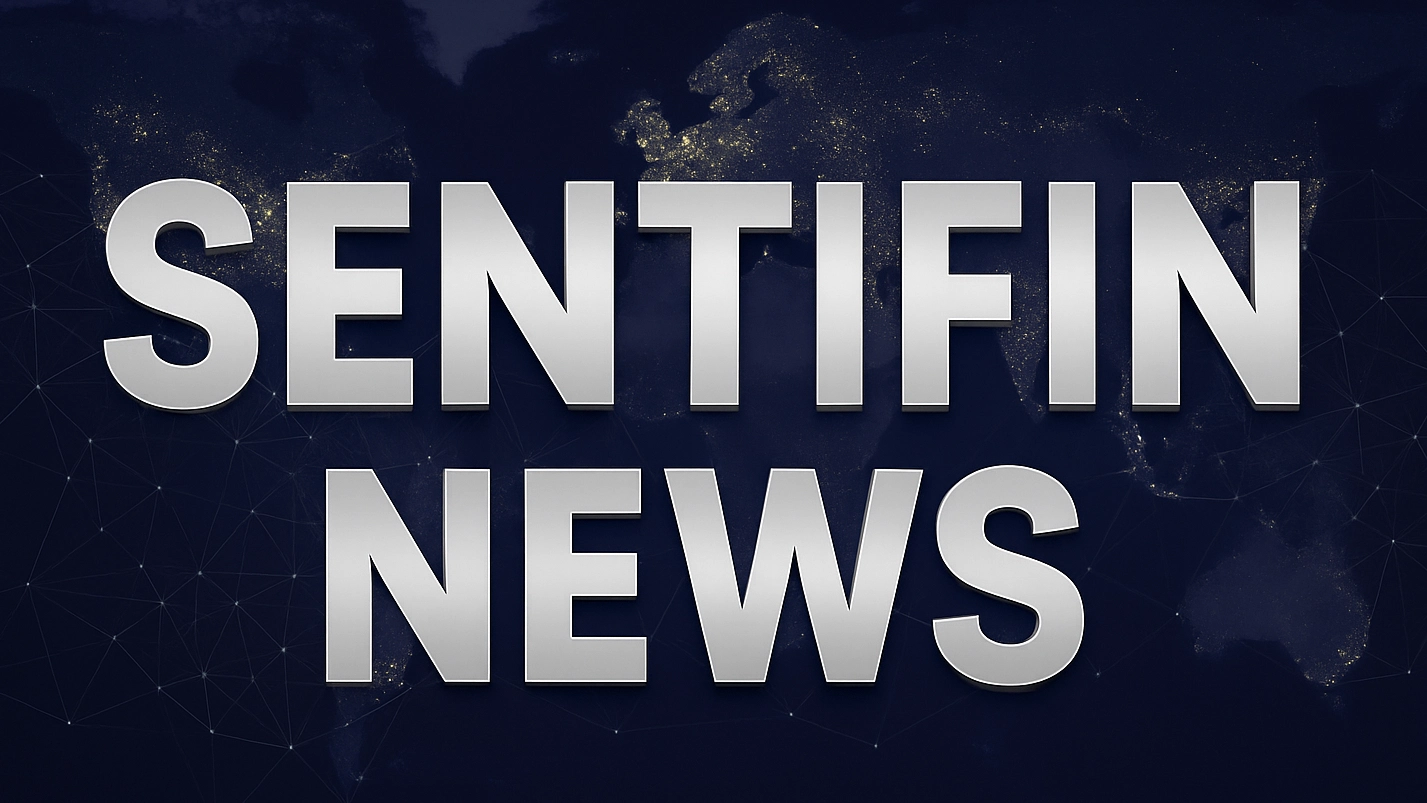Here's How Major Automakers Reacted To The End of The Federal EV Credit

News Summary
Following President Donald Trump's decision to roll back EV and emissions standards, the federal EV credit officially ended on September 30, 2025. Major automakers have reacted differently to this policy change. Ford and General Motors are extending EV incentives through December by making down payments to dealers before the deadline, allowing customers to still qualify for benefits. Stellantis is also extending incentives via a cash bonus on existing dealer inventory. Hyundai has announced extensions on its Ioniq 5 EV, coupled with price cuts, while Lucid Group will extend credits to honor existing orders. Conversely, Tesla, Rivian, Honda, and Toyota are not offering extensions on the EV credit. Tesla had advised customers to secure purchases with a down payment by September 30 to qualify for credits post-deadline. Divergent expert opinions emerge: former Tesla executive Jon McNeill believes EV sales will continue to grow due to model availability and affordability, while investor Gene Munster suggests Trump's anti-EV stance might benefit dedicated EV makers by reducing traditional automakers' incentive to invest.
Background
Effective September 30, 2025, the U.S. federal electric vehicle (EV) tax credit officially ended, as part of President Donald Trump's administration's decision to roll back prior incentives for EVs and emissions standards. This move aims to reshape the regulatory landscape for the U.S. automotive market, potentially having significant implications for EV adoption and the strategies of traditional automakers. The federal EV tax credit previously offered consumers up to $7,500 in tax relief for purchasing eligible EVs, aiming to accelerate EV adoption and support domestic EV manufacturing. The termination of this policy forces automakers to re-evaluate their sales strategies and pricing models in response to potential shifts in market demand.
In-Depth AI Insights
What are the true strategic intentions behind the Trump administration's rollback of EV incentives? - The most immediate intention is to fulfill "America First" energy policy promises, prioritizing traditional fossil fuel industries. This also likely aims to demonstrate respect for consumers' existing lifestyles, avoiding potential social resistance from forced technological transitions. - In the long term, this move might be designed to let market mechanisms play a purer role by reducing EV subsidies, thereby weeding out less competitive EV manufacturers and encouraging companies that can achieve genuine cost-effectiveness and technological breakthroughs. - Furthermore, this action could offer traditional U.S. automakers a reprieve, temporarily reducing the competitive pressure they face in their transition to EVs, especially against pure-play EV giants like Tesla and emerging Asian EV brands. What is the underlying business logic behind the divergent reactions of different automakers? - Those extending incentives (Ford, GM, Stellantis, Hyundai, Lucid): These companies may be facing significant existing EV inventory pressure or need time to adjust their supply chains and production plans. By extending incentives, they can ensure a smoother transition, avoid a sharp drop in sales, and maintain market share. For traditional auto giants, the EV transition is a long-term, costly strategic investment, and a sudden loss of government subsidies could impact their short-term EV sales and brand image. - Those not extending incentives (Tesla, Rivian, Honda, Toyota): Tesla and Rivian, as pure-play EV manufacturers, may have less reliance on subsidies due to their strong brand value and technological advantages, or their production and delivery processes allow them to navigate policy changes through other means (e.g., Tesla's pre-purchase terms). Honda and Toyota might be confident in their hybrid or traditional ICE vehicle lineups, believing they can remain competitive in a non-subsidized EV market, or that their EV products have not yet reached a stage requiring strong incentives to boost sales. What long-term impact will this policy change have on the competitive landscape of the U.S. EV market? - Accelerated market consolidation: The removal of subsidies will force EV manufacturers into fiercer competition on cost control, technological innovation, and product appeal. Brands unable to offer competitive pricing and performance without subsidies may face greater survival challenges. - Adjusted transition strategies for traditional automakers: If the government maintains an anti-EV subsidy stance long-term, traditional automakers may re-evaluate the priority and pace of their EV investments, potentially favoring hybrid or slower electrification paths to mitigate risk. - Potential benefit for pure-play EV giants like Tesla: As Gene Munster suggests, reduced investment in EV development by traditional automakers could create a larger market space and competitive moat for pure-play EV companies that have already established scale and technological advantages, like Tesla. - Diversified consumer preferences: The lack of subsidies may lead some price-sensitive consumers to reconsider ICE vehicles or hybrids, while consumers with a strong preference for EVs will focus more on long-term operating costs and innovative technologies.